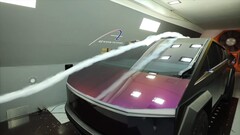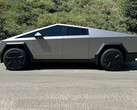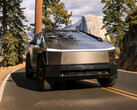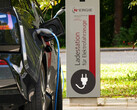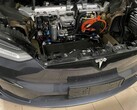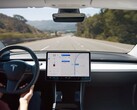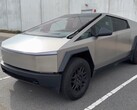The Tesla Cybertruck with its unique design and sharp angles could be considered a car that sacrifices some aerodynamic performance for aesthetics. However, the company’s official claim of a 0.34 drag coefficient is lower than trucks like the Ford F-150 Lightning which has a reported drag coefficient of 0.44. However, an independent wind tunnel test conducted by i1Tesla has revealed a worse drag coefficient.
For the uninitiated, the drag coefficient is used to measure how well a car slices through the air. The less aerodynamic a car is, the bigger the drag coefficient and the more drag or air resistance it experiences and vice versa. Additionally, the more drag a vehicle experiences, the more energy it needs to push through, resulting in increased fuel consumption.
In other words, consumer vehicles normally strive for a lower drag coefficient to increase mileage, so companies pay special attention to the aerodynamics of a car.
Moving to the Cybertruck drag coefficient figures, i1Tesla found that the truck has a drag coefficient of 0.387 in the low-height driving mode. Increasing the driving height induced more drag with numbers coming in at 0.405 and 0.442 for medium and high height modes respectively.
With the tonneau cover open and in the low-height driving mode, Cybertruck’s drag coefficient came in at 0.424 and 0.413 with the trunk closed and open respectively.
As a whole, the Tesla Cybetruck clocked in a drag coefficient of 0.384 or about 13% higher than the official figure. Interestingly, the figure is rather close to 0.39 obtained by a simulated test from two years ago.
Before we wrap this up, it is important to mention that, as explained in the video, the results are flexible as each wind tunnel is different and the one used for the testing was apparently geared more towards cars than trucks.


